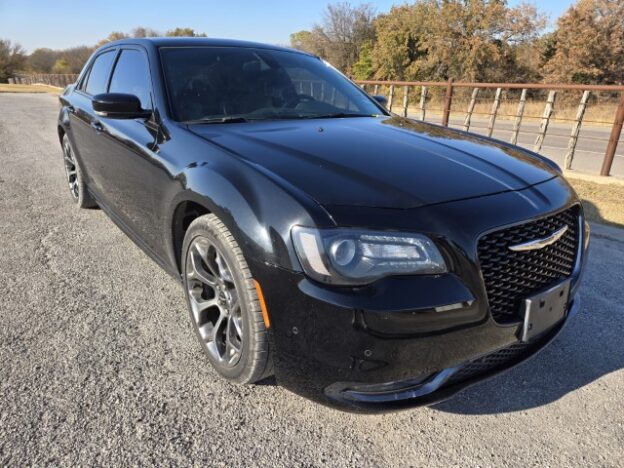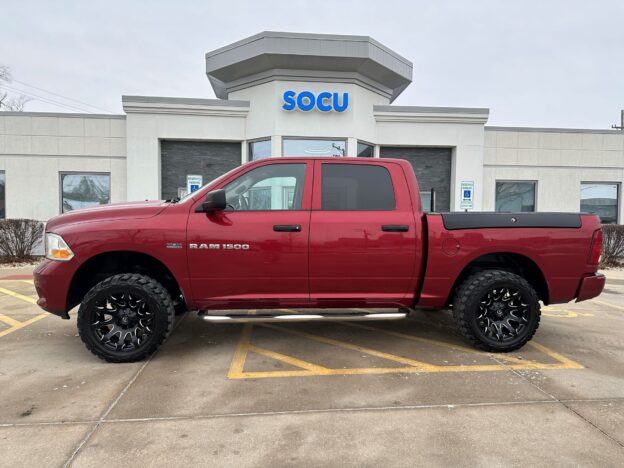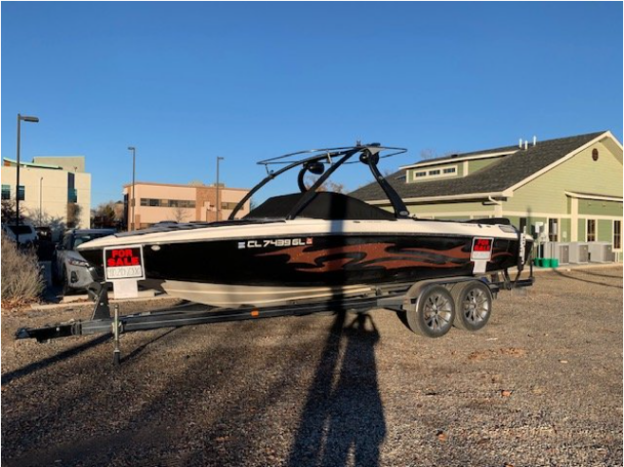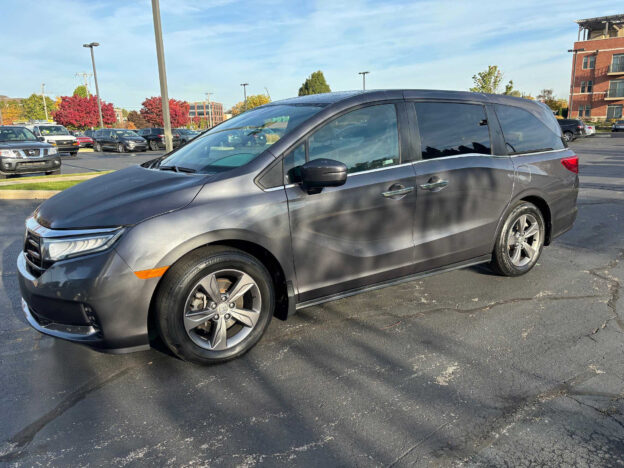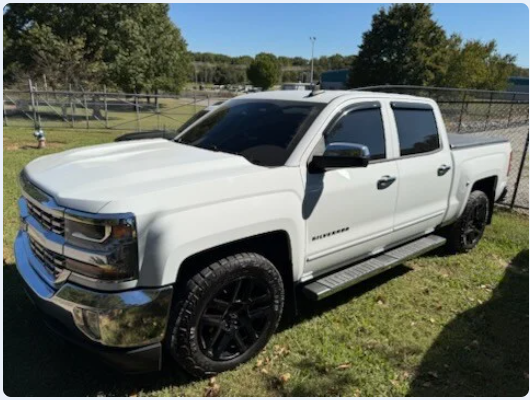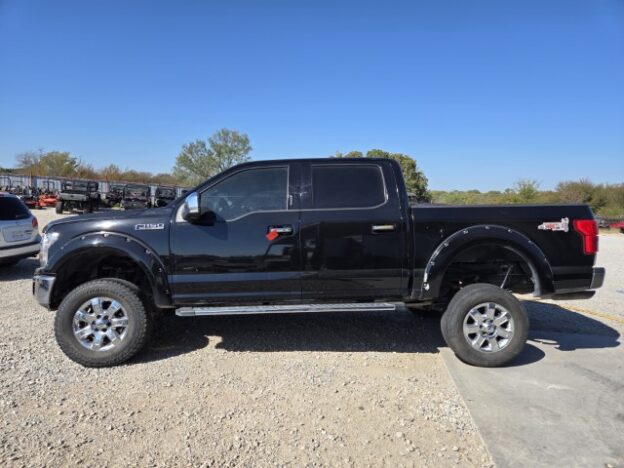Where to Find Accentra Credit Union Repos
Are you looking for an affordable way to buy a car, truck, boat, or even a home? Repossessed property from credit unions, like Accentra Credit Union (ACU) in Minnesota, can be a fantastic option. ACU offers great deals on repossessed vehicles and other items, which can help you save big compared to buying from dealerships. Here, we’ll explore where to find Accentra Credit Union repos, why they’re a great deal, and how to get started.
A Brief History of Accentra Credit Union
Accentra Credit Union has been serving members in Minnesota since 1930. It was originally established to provide financial services to employees of local businesses. Over time, ACU expanded its reach and now serves a wide range of members across the state. Known for its commitment to excellent service and community support, ACU also provides repossessions for sale, offering significant savings to buyers.
Why Banks and Credit Unions Sell Repossessed Property
When borrowers fail to make payments on loans, banks and credit unions may repossess the property tied to those loans. This includes cars, boats, motorcycles, RVs, ATVs, and even real estate. Financial institutions want to recover their losses quickly, so they sell repossessed items at reduced prices. Buyers can take advantage of these sales to get high-quality property at a fraction of its market value.
Benefits of Buying Repossessed Vehicles or Property
1. Lower Prices
Repos are often sold below market value. This makes them an excellent choice for budget-conscious buyers.
2. No Dealer Fees
Buying directly from a credit union means no commissions or hidden fees, unlike buying from a dealership.
3. High-Quality Options
Many repossessed vehicles are relatively new and in good condition. Borrowers often finance newer items, which become repossessed if payments stop.
4. Transparency
Credit unions like ACU are upfront about the items they’re selling. You can find detailed descriptions and often inspect the property before buying.
How to Find Accentra Credit Union Repos
Accentra Credit Union lists their repossessions on their website, making it easy to browse available items. Follow these steps:
1. Visit the ACU Website
Go to Accentra Credit Union’s repossession page. This page lists vehicles and other items currently for sale.
2. Check RepoFinder.com
RepoFinder.com is a fantastic resource for finding bank and credit union repossessions. Their site includes a wide range of listings, including those from ACU. Start here if you want to explore repos from multiple institutions.
3. Contact ACU for Details
If you’re interested in an item, contact ACU directly for more information. They’ll provide details on pricing, condition, and how to place a bid or purchase the item.
Common Questions About Buying Repos
1. Are Repossessed Vehicles in Good Condition?
Most repossessed vehicles are well-maintained. However, it’s a good idea to inspect the item before buying or hire a mechanic to check it.
2. How Do I Pay for a Repo?
Repos are typically sold as-is for cash or through financing arranged with the credit union. Ask ACU about payment options.
3. Can I Test Drive a Repossessed Vehicle?
Many credit unions allow test drives or inspections. Contact ACU to confirm their policy.
4. What Happens if Someone Outbids Me?
Repos often involve bidding. If you’re outbid, you can try again on another item or raise your offer.
Tips for First-Time Repo Buyers
1. Do Your Research
Understand the market value of the vehicle or property you’re interested in. Websites like Kelley Blue Book can help.
2. Inspect Before You Buy
Always inspect repossessed property. If possible, take a mechanic with you to evaluate vehicles.
3. Set a Budget
Decide how much you’re willing to spend and stick to it. Don’t let excitement lead to overspending.
4. Start with RepoFinder.com
RepoFinder.com is a great starting point for beginners. The site makes it easy to find repossessions from multiple financial institutions, including ACU.
Final Thoughts
Buying a repossessed car, truck, or other property from Accentra Credit Union can save you thousands of dollars. By cutting out dealership fees and accessing discounted prices, you can get more value for your money. Visit Accentra Credit Union’s repossession page or start your search on RepoFinder.com to find your next great deal today.

